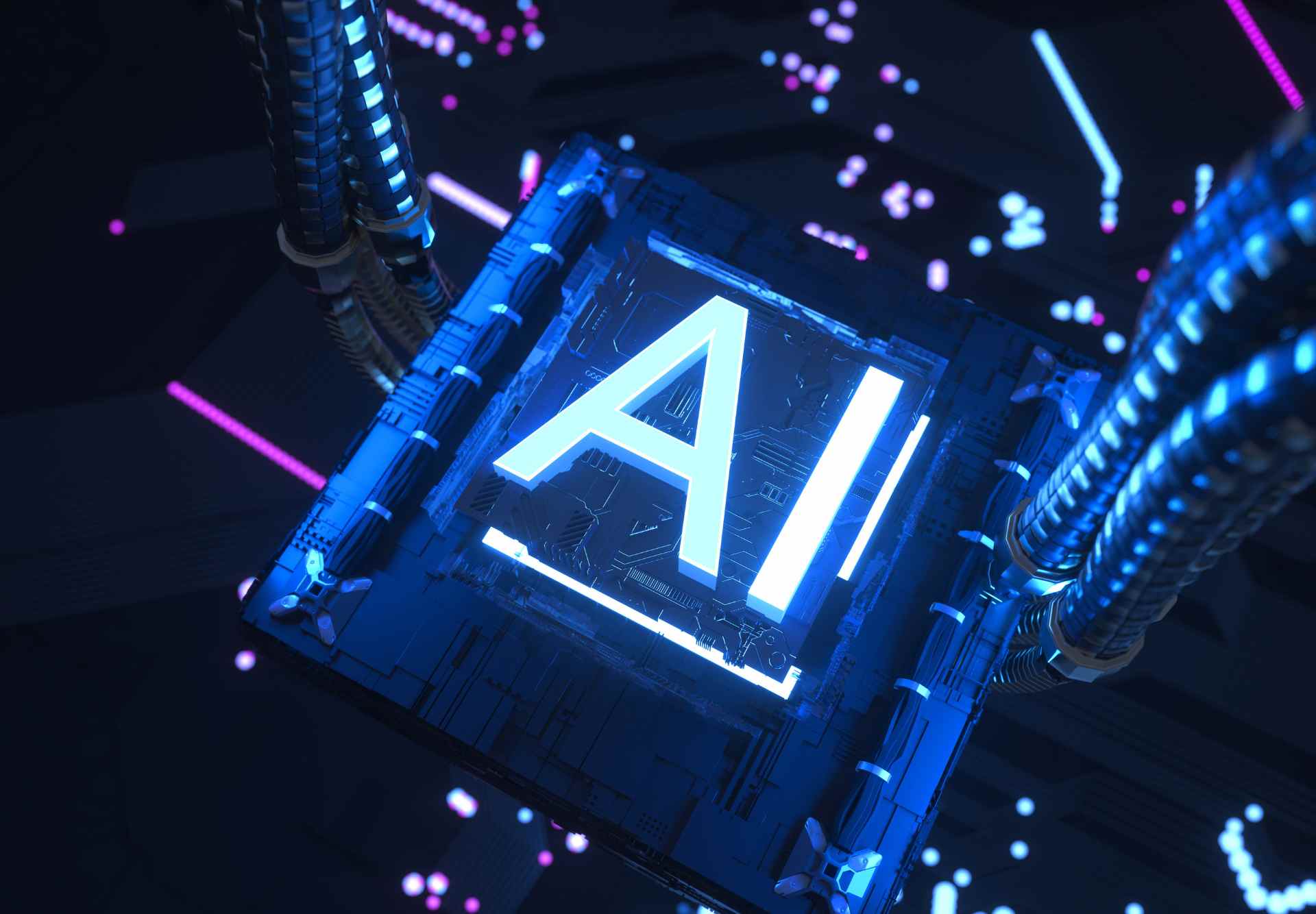Artificial Intelligence (AI) has revolutionized cryptocurrency trading, notably improving its efficiency and profitability. Let’s delve into the pivotal functions of AI in cryptocurrency trading:
1. Algorithmic Trading
- Automated Execution: AI-driven algorithms can autonomously conduct trades for traders based on criteria established from past data. This eradicates the necessity for perpetual market surveillance and aids in conducting trades at the most opportune moments.
- High-Frequency Execution: AI facilitates high-frequency trading, permitting thousands of trades to be conducted in milliseconds. This is key to capitalizing on minuscule market variations and amassing profits.
2. Predictive Analytics
- Price Forecasting: AI algorithms can scrutinize extensive historical data to forecast upcoming price trajectories of cryptocurrencies. Machine learning models can pinpoint data patterns that are imperceptible to human traders.
- Sentiment Assessment: AI can evaluate social media, news articles, and other digital content to ascertain market sentiment and forecast its influence on cryptocurrency values.
3. Risk Mitigation
- Portfolio Refinement: AI algorithms can refine a trader’s portfolio by assessing the risk and reward of diverse asset amalgamations and selecting the most favorable one.
- Loss Restriction: AI can autonomously halt losses by conducting trades when a cryptocurrency’s price descends below a specified threshold.
1. Fraud Prevention: AI can identify transaction patterns to discern abnormal activities and avert fraudulent transactions.
2. Trading Automatons: Trading bots leverage AI algorithms to autonomously conduct trades, manage portfolios, and refine trading tactics.
Challenges and Considerations
1. Overfitting: AI models may excessively adapt to past data, resulting in imprecise forecasts and subpar trading tactics.
2. Lag: Delays in data transmission or order execution can incur losses, particularly in high-frequency trading.
3. Expense: The development, deployment, and upkeep of AI algorithms for cryptocurrency trading can be costly.
4. Regulatory Hurdles: Employing AI in trading may engender regulatory issues, particularly in regions with stringent regulations on algorithmic trading.
Conclusion
Artificial Intelligence profoundly influences cryptocurrency trading by enabling algorithmic trading, predictive analytics, risk mitigation, fraud prevention, and the creation of trading bots. Nevertheless, challenges pertaining to overfitting, lag, expense, and regulatory hurdles must be addressed to fully harness the benefits of AI in cryptocurrency trading. As technology persistently evolves and enhances, it is anticipated that AI’s role in cryptocurrency trading will become increasingly pivotal and ubiquitous.
The integration of AI in cryptocurrency trading is indeed a monumental advancement, yet it comes with its share of challenges. Not only is it vital to address overfitting, latency, cost, and regulatory concerns, but there is also a need for continuous improvement and adaptation of AI algorithms to keep up with the ever-evolving market dynamics. Moreover, while AI offers an edge in trading, it is important for traders to maintain a level of oversight and not rely entirely on automation. By combining the strengths of AI with human intuition and expertise, traders can optimize their strategies, manage risks effectively, and maximize their profits in the highly volatile world of cryptocurrency trading.

